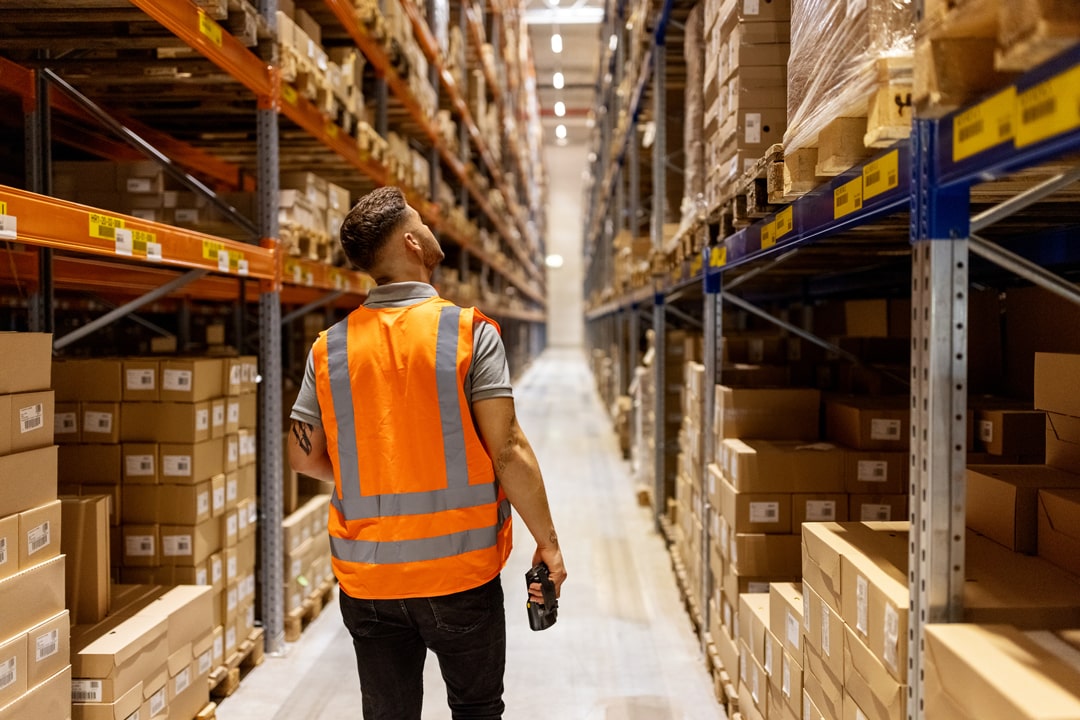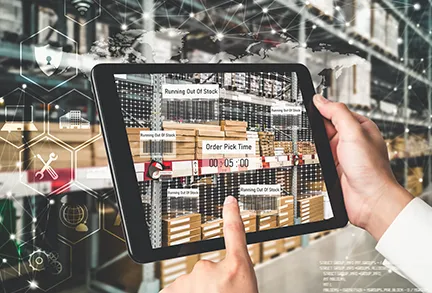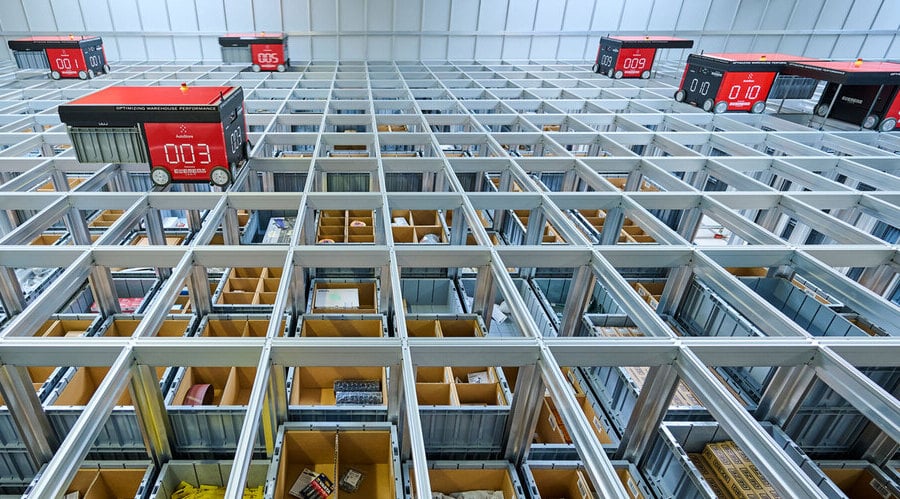5 Strategies for Just-In-Case Logistics
Toyota popularized “just-in-time” manufacturing as a leaner and more efficient way to manage inventory. But the past few years have seen many industries abandon that idea for a “just-in-case” model. Here are five strategies for making the shift.
During the peak of Covid-19, building lockdowns, public access restrictions, labor shortages, and incidents like the Suez Canal shutdown created unprecedented challenges to the manufacturing and delivering of goods. Without enough raw materials at hand, many companies could no longer meet their delivery obligations, resulting in lost revenue and customer loyalty. Based on the lessons learned, supply chain managers moved from the widely adopted “just-in-time” way of doing things to a “just-in-case” model.
This paradigm shift represents a challenge for companies operating with limited space and workforces accustomed to traditional practices. What does it take to adopt a just-in-case philosophy? To start, you need to understand the differences between just-in-time and just-in-case models.
What is a just-in-time strategy?
A just-in-time strategy aligns raw material orders from suppliers directly with production schedules. It increases efficiency and decreases waste by receiving goods only when they’re needed, which reduces inventory costs. Famously, the Toyota Production System, short-cycle manufacturing by Motorola, and continuous-flow manufacturing by IBM are examples of this method. Often used in conjunction with the Kanban scheduling system to avoid overcapacity of work in process, just-in-time requires highly accurate demand forecast, high-quality workmanship, no machine malfunctions, and reliable suppliers.
{{quote}}
What is just-in-case strategy?
Just-in-case is the exact opposite of just-in-time. While the former focuses on lean delivery, the latter is all about stockpiling more materials than needed or producing more products than are expected to sell.
How do you implement just-in-case management?
By understanding both strategies, it’s clear that maintaining just-in-time inventory levels has left companies with little stock buffer, especially during crises like the pandemic. Just-in-case, however, enables operation with more robust inventory levels to ensure resilience.
The trouble with adopting just-in-case logistics is finding enough storage space at a time when commercial real estate is at a premium in some regions. Here are five strategies for making just-in-case logistics work.
5 Just-in-Case Strategies
1. Maximize storage space.
It's inevitable for more storage space when the inventory increases. The easiest solution is always to increase the current warehouse footprint or acquiring another warehouse. However, the easiest solution was not always possible and may not be financially viable. The best option will be to relook into the current warehouse footprint and how to maximize the storage. AutoStore™, being the densest retrieval and cube storage solution, can possibly increase the storage footprint by 4x more than the typical manual racking warehouse setting.
2. Minimize labor risk.
During Covid's peak, restrictions were implemented to prevent the virus from spreading in the workplace. Labor for picking items around the warehouse was controlled to prevent interaction and allow safe distancing between people. Because AutoStore is a goods-to-person system, workers are stationed at Ports where Bins are presented to them. Workers simply pick items from the Bins. The Ports can be spaced evenly to ensure a safe distance between them.
3. Reduce your downtime.
In many cases, the downtime of the warehouse system will always be a concern because it will impact the downstream process, especially production. Because of the AutoStore system's unique construction, any Robots can reach any Bins in the system, therefore there is no single point-of- failure. With over 1,150+ systems sold across 49+ countries, AutoStore is a mature technology with a 99.7% uptime, unmatched in the warehousing and logistics industry.
4. Lower your energy consumption.
Energy costs typically account for 15% of a warehouse’s operating budget. Adding automation to the warehouse can increase utilities bills. Businesses, therefore, are keen for warehouses to become more energy efficient for cost reduction and sustainability. AutoStore Robots use only 100 W of power during operation. Ten robots use the same energy as one vacuum cleaner. It's possible to run the system during off-hours with reduced lighting and air conditioning. Due to the low energy consumption, renewable energy such as solar is a viable power option to run the system.
5. Future-proof your operations.
Having scalable and flexible warehouse automation is a key trend of the ongoing Fourth Industrial Revolution. To stay competitive, modern businesses should invest in technology that improves current operations and easily expands or contracts as demands change. With AutoStore, you can constantly adjust levels of automation. For example, if you need more storage, you can add Bins. For better throughput, you can add Robots. The limits are endless. It's a modular solution designed to meet business challenges of today and tomorrow for all major industries.
Conclusion
In response to recent global trends, many companies have had to shift from just-in-time to just-in-case models. The shift toward a just-in-case supply chain model requires companies to implement strategies that maximize storage space, minimize labor risk, reduce downtime, lower energy consumption, and future-proof operations. The AutoStore system is an example of flexible warehouse automation that can help companies meet these challenges and stay competitive. By investing in scalable technology, businesses can ensure resilience and sustainability in the face of future disruptions.
“Having scalable and flexible warehouse automation is a key trend of the ongoing Fourth Industrial Revolution. To stay competitive, modern businesses should invest in technology that improves current operations and easily expands or contracts as demands change.”


















